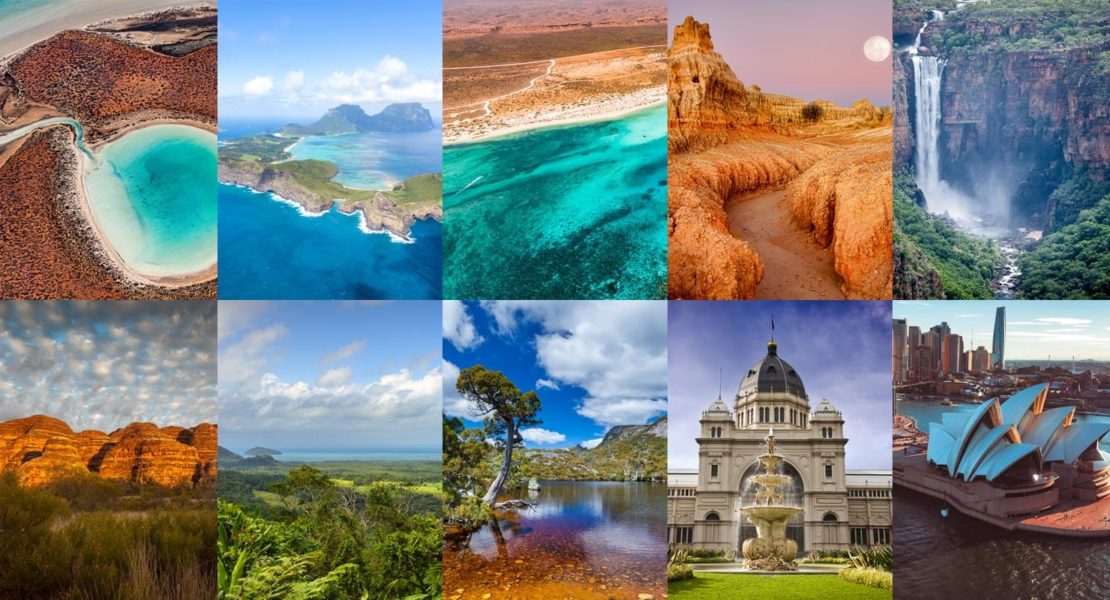Approximately 99 million years ago Australia separated from the supercontinent Gondwana. It spent the subsequent aeons evolving into a place of entirely unique landscapes and wildlife. From Uluru to the platypus, Australia is the world at its weirdest and most wonderful, which has made the country a focus of UNESCO.
UNESCO is tasked with identifying and helping to protect World Heritage Sites. These are divided into three categories: natural, cultural and mixed. Australia is home to 20 in all, 12 of which are natural sites, the second-most of any country on earth (China has 14.)
These World Heritage Sites offer travellers Australia at its most unique and authentic. In this article we’ll list all 20, in the order they were added to UNESCO’s list, and hopefully inspire you to check a few out along the way.
1. Great Barrier Reef, QLD (1981)
The first Australian site to gain World Heritage status is the country’s biggest, and perhaps its best. The world’s largest reef is actually a system of almost 3000 individual coral reefs. 400 coral species house an endlessly rich and diverse selection of aquatic animals, and at 2300km long, there’s plenty of beauty to be shared.
2. Willandra Lakes Region, NSW (1981)
Around 50,000 years ago an indigenous Australian tribe held a cremation ceremony on a sandy patch of outback earth. The sand and the site were fossilised, and now form the world’s oldest known cremation site. Willandra’s unique cultural and geological significance made it one of Australia’s earliest World Heritage Sites.
3. Kakadu National Park, NT (1981)
Having been home to indigenous tribes for more than 40,000 years, Kakadu has a wealth of ancient rock art. Add in the truly unique biodiversity of the sprawling wetlands that cover one-third of the park, and it’s little wonder why Kakadu was such an early addition to the World Heritage register.
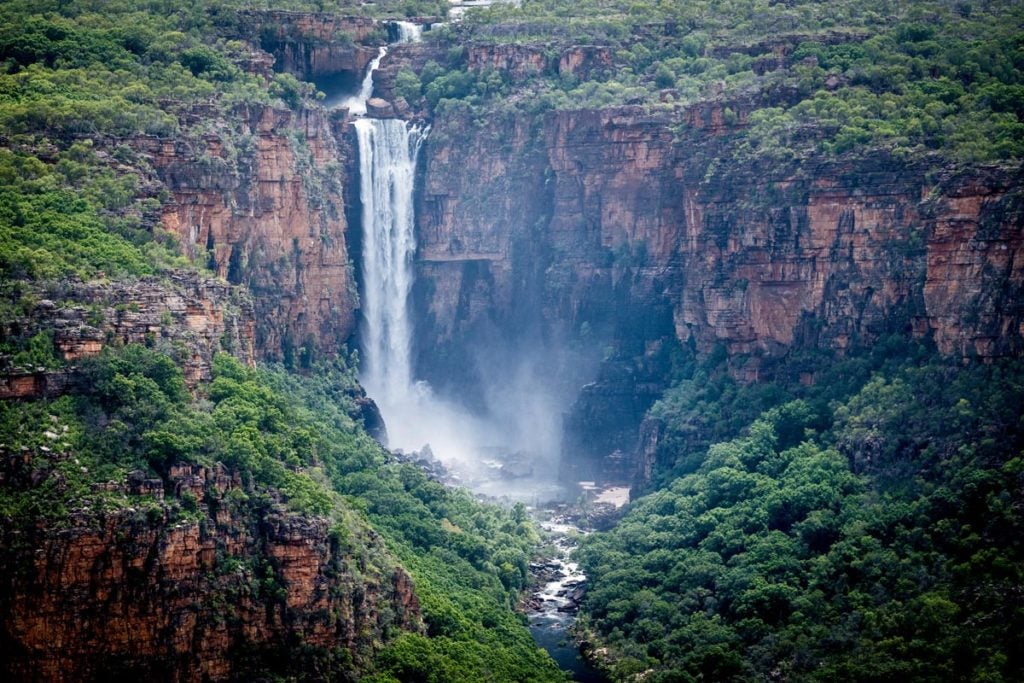
4. Lord Howe Island Group, NSW (1982)
Approximately seven million years ago, the island group now known as Lord Howe was a volcano that erupted for half a million years. Found 600km east of the Australian mainland, it is home to pristine rainforest, a wealth of endemic plants and animals, and the world’s southernmost barrier coral reef.
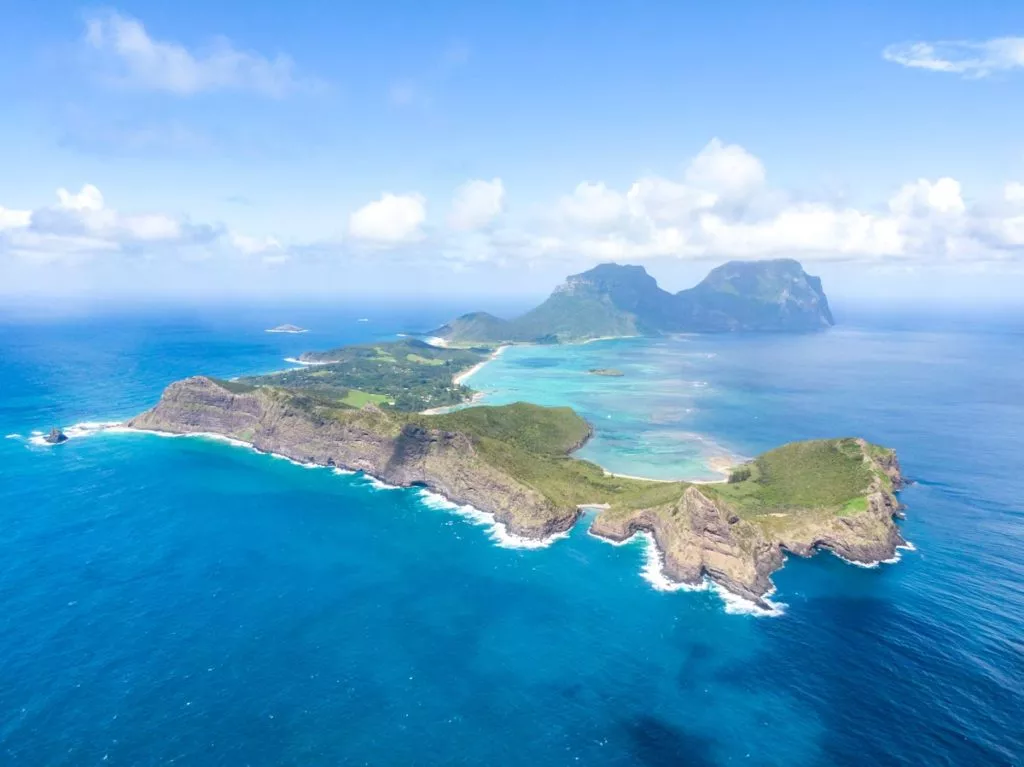
5. Tasmanian Wilderness, TAS (1982)
Covering one-fifth of Tasmania, Australia’s island state, the raw and rugged Tasmanian Wilderness has benefitted from its remoteness and inaccessibility – although Tasmanian Aboriginals called the area home as early as 20,000 years ago – to become one of the world’s last temperate wildernesses.
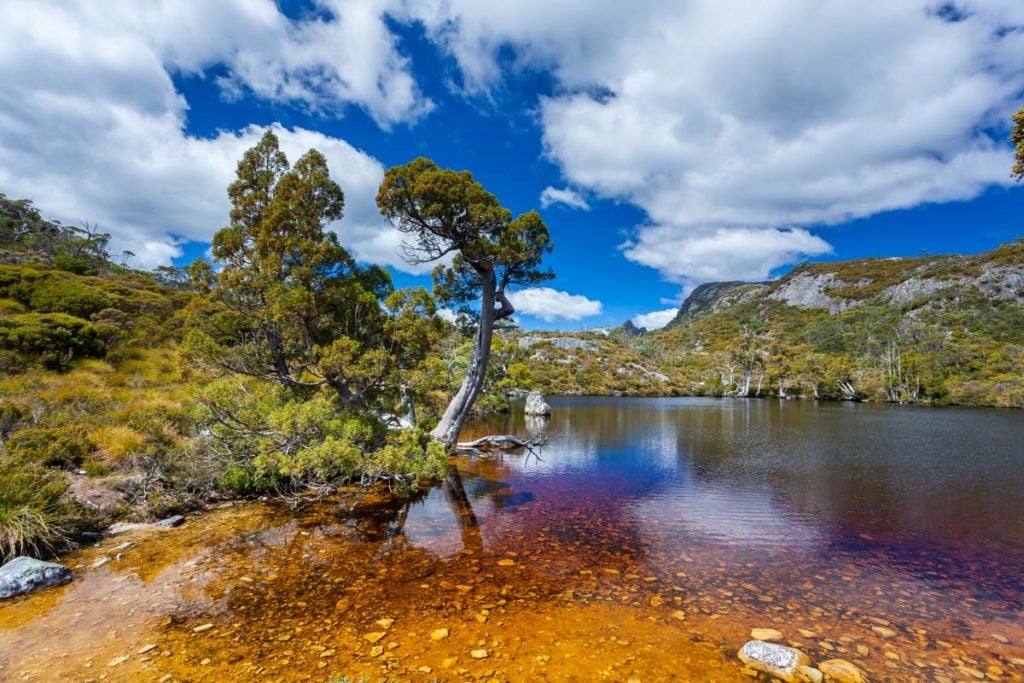
6. Gondwana Rainforests of Australia, QLD & NSW (1986)
Covering broad swathes of the east coast, the Gondwana subtropical rainforests are the largest of their type in the world. This ancient area was covered in similar rainforests over 100 million years ago when it was part of Gondwana, hence the name. Over 200 rare or threatened species call the area home.
7. Uluṟu-Kata Tjuṯa National Park, NT (1987)
Rising 348m out of the surrounding desert, and measuring 9.4km in circumference, Uluru is a truly awe-inspiring sight. 25km to the east you’ll find another huge sandstone formation, Kata Tjuṯa, a succession of 36 domes, some of which are even taller than Uluru.
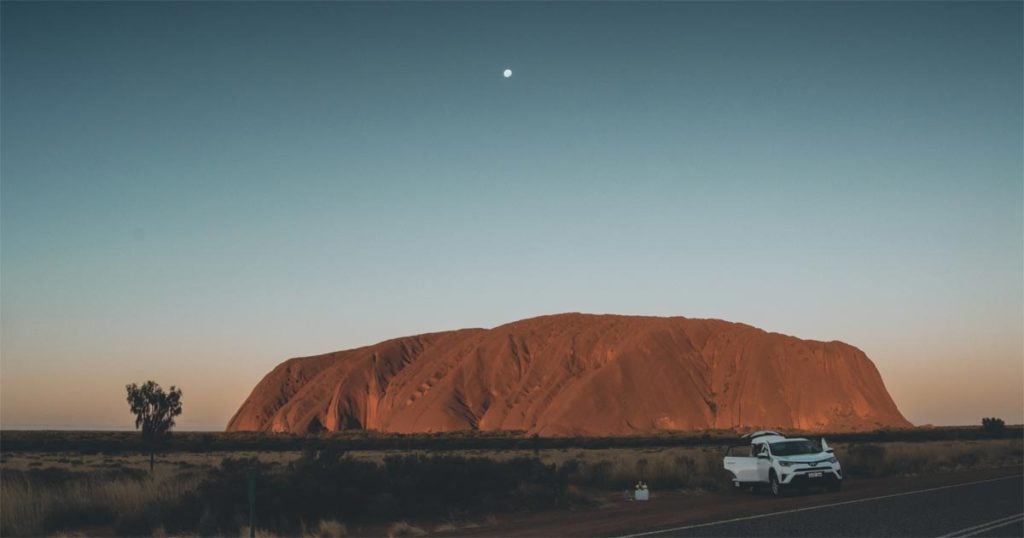
8. Wet Tropics of Queensland, QLD (1988)
Welcome to the oldest tropical rainforest on Earth. Once spanning the entire Australian continent, over the course of 120 million years it retreated to a small corner of Far North Queensland, where it is home to dozens of endemic species, including a number of endangered marsupials.
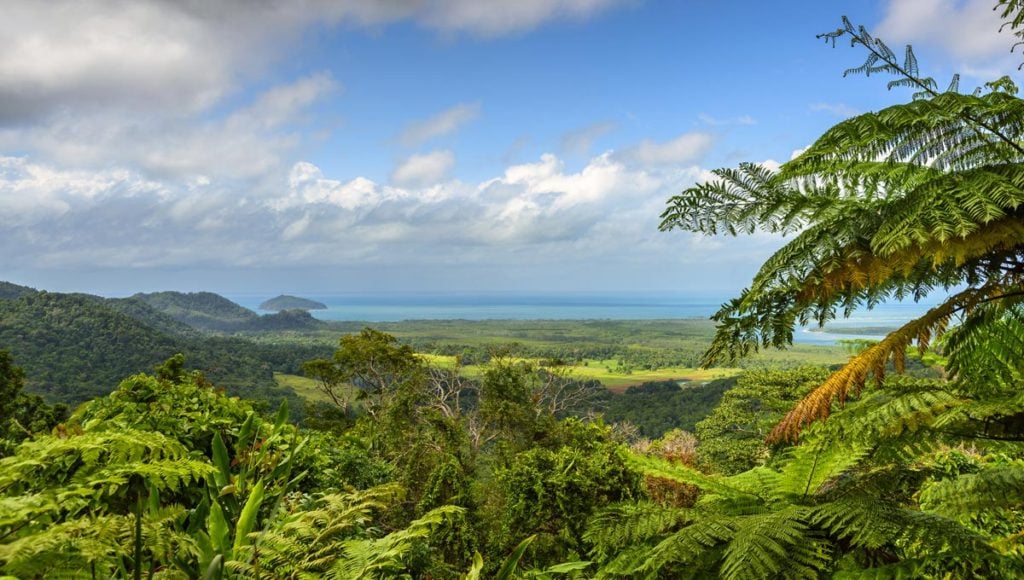
9. Shark Bay, WA (1991)
On the remote westernmost point of the Australian continent you’ll find Shark Bay, a uniquely biodiverse aquatic habitat. Here you’ll find the largest seagrass meadows in the world, endangered dugongs, dolphins, whale sharks and stromatolites, which are possibly the oldest forms of life on earth.
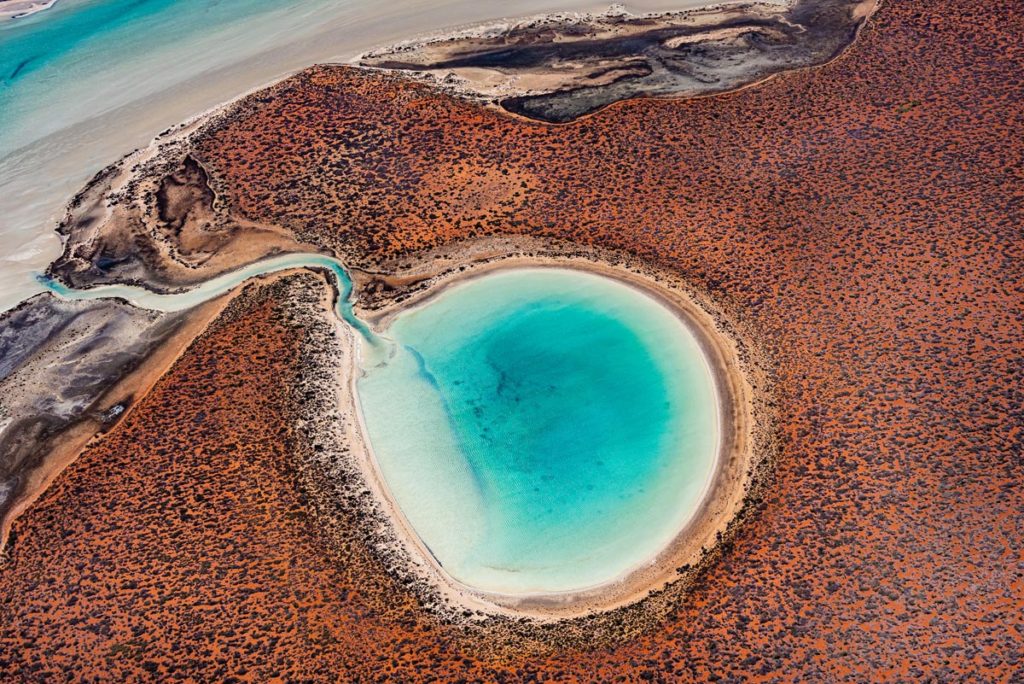
10. Australian Fossil Mammal Sites, SA & QLD (1992)
Riversleigh in Queensland and Naracoorte in South Australia are considered two of the world’s top 10 fossil sites. The richness, diversity and quality of fossil preservation at these two sites is incredible, and they offer unsurpassed insight into Australia’s prehistory.
11. K’gari/ Fraser Island, QLD (1992)
123km long and 22km wide, Fraser Island is the largest sand island in the world. Its dunes can reach heights of 260m, and the presence of unique fungi means that this is the only place on earth where tall rainforests grow in sand.
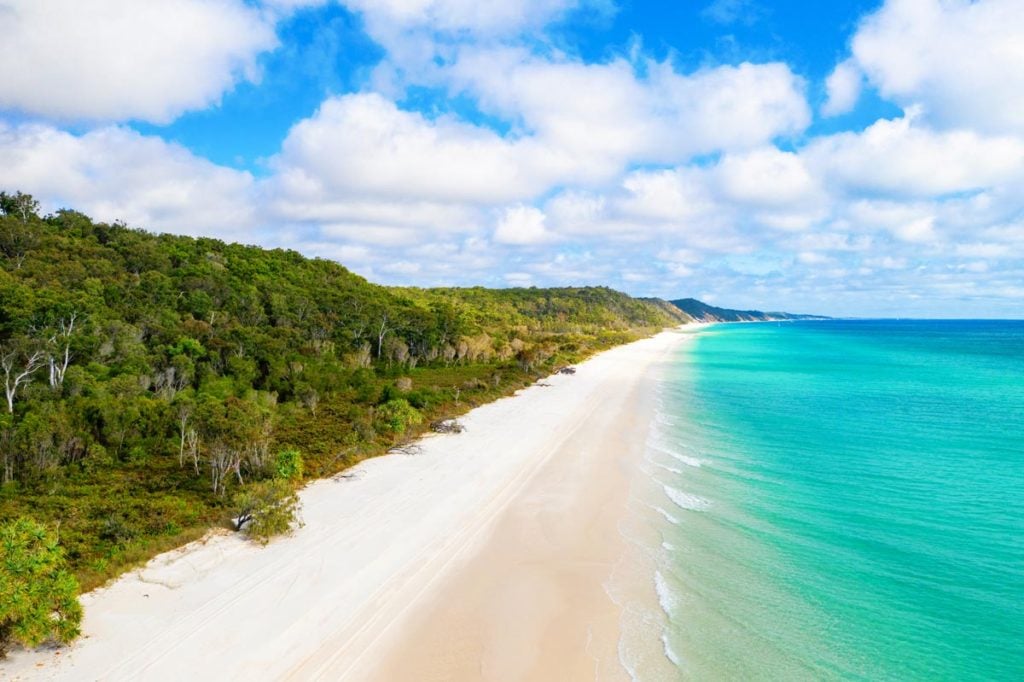
12. Heard and McDonald Islands (1997)
Ironically most Australians have never heard of Heard Island and its neighbour McDonald, though it probably doesn’t help that they’re uninhabited and take two weeks to reach by boat (they’re closer to Madagascar than Australia.) These subantarctic islands are truly unique however, home to Australia’s only active volcanoes. Mawson’s Peak is also taller than any mountain on the Australian mainland.
13. Macquarie Island, TAS (1997)
Another subantarctic island, Macquarie is one for the geologist nerds, as it is the only place in the world where the earth’s mantle is exposed above sea level. This narrow, 35km long island is home to 20-40 Australian scientists and the entire 850,000-strong population of royal penguins.
14. Greater Blue Mountains Area, NSW (2000)
Dramatic sandstone outcrops drop into dense, Eucalypt-lined valleys in the Blue Mountains, found on the western edge of Sydney. This region was added to the UNESCO list for its geography, its endangered fauna, and the diversity of those Eucalypt forests.
15. Purnululu National Park, WA (2003)
The crown jewel of Purnululu National Park, found in northern WA, is the spectacular Bungle Bungle Range. Originally an ancient plateau, it has slowly been eroded to reveal beehive-shaped sandstone towers, some of which now stand 250m tall.
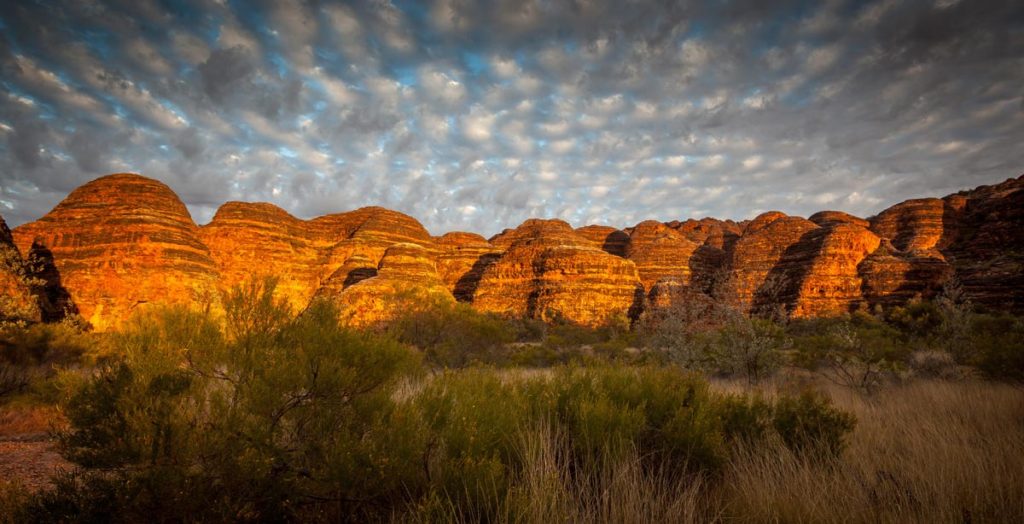
16. Royal Exhibition Building/ Carlton Gardens, VIC (2004)
When it was built in 1880, to host that year’s World’s Fair, the Royal Exhibition Building was the largest building in Australia. A symbol of how rich Victoria had become during the gold rush years, its size, combination of architectural styles and stunning gardens saw it become the first slice of colonial Australia to be recognised by UNESCO.
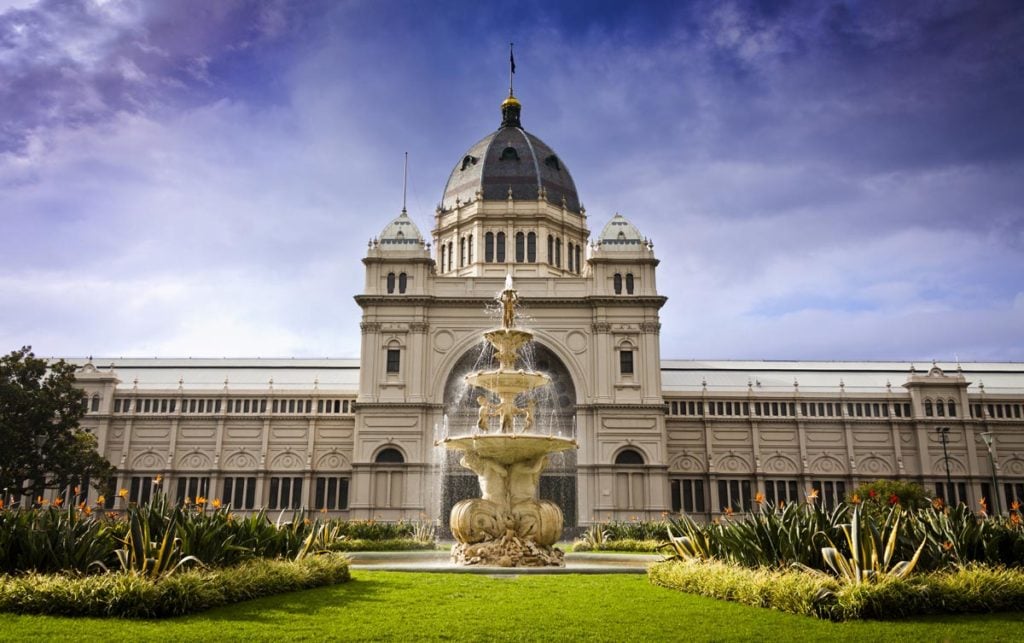
17. Sydney Opera House, NSW (2007)
Arguably Australia’s best-known landmark, the Sydney Opera House is a masterpiece of expressionism. Opened in 1973 it has had a large and lasting influence on architecture, the arts and Australian tourism.
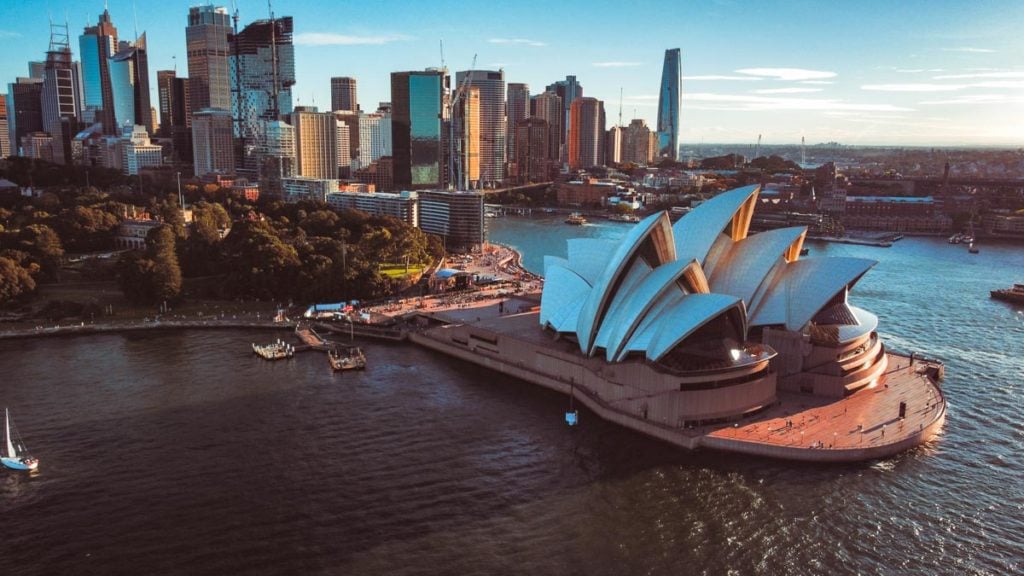
18. Australian Convict Sites, NSW, WA, TAS & Norfolk Island (2010)
Modern Australian history began with the country being treated as a prison by the British. While 3000 separate sites were used to house convicts, eleven of these, spread across three states and Norfolk Island, were deemed worthy of UNESCO listing.
19. Ningaloo Reef, WA (2011)
While it’s not as big as the Great Barrier Reef – what is? – at 260km long Ningaloo is still one of the world’s largest coral reefs. It’s also super close to the shore, making it easy for tourists to explore. It’s most famous as the home of the largest known gathering of whale sharks, and acts as their spawning ground.
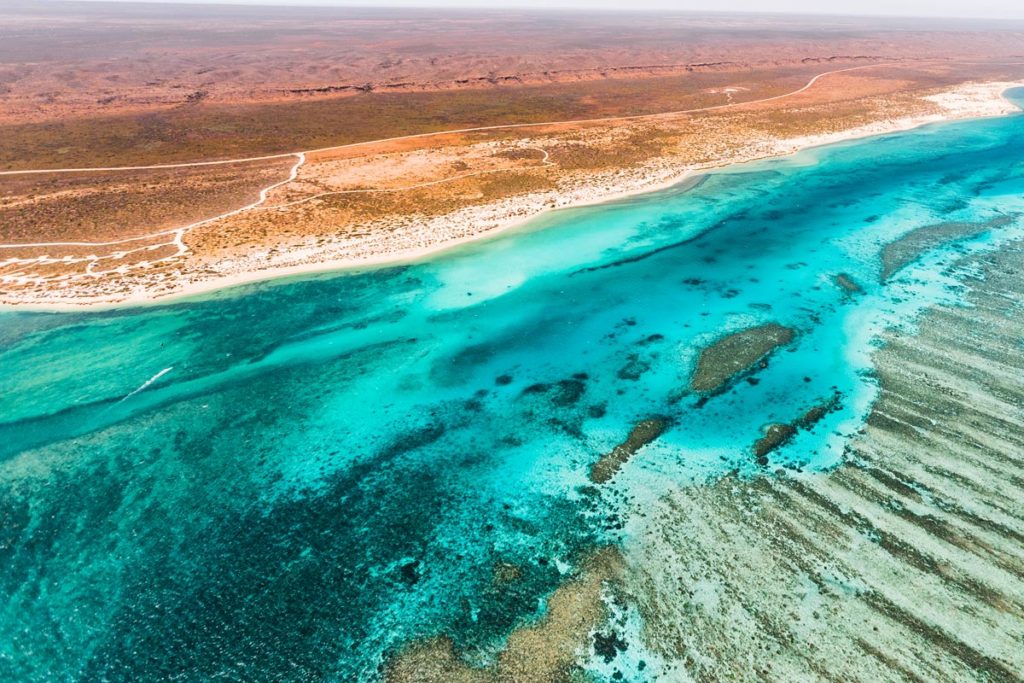
20. Budj Bim Cultural Landscape, VIC (2019)
Australia’s most recent addition to the UNESCO list is Budj Bim, a heritage area dominated by a now inactive volcano, and that was home to the world’s oldest known aquaculture system – at least 6600 years ago the local Gunditjmara people had developed a system of channels to trap and farm eels and fish.

